Autonomous camera traps for insects provide a tool for long-term remote monitoring of insects. These systems bring together cameras, computer vision, and autonomous infrastructure such as solar panels, mini computers, and data telemetry to collect images of insects.
With increasing recognition of the importance of insects as the dominant component of almost all ecosystems, there are growing concerns that insect biodiversity has declined globally, with serious consequences for the ecosystem services on which we all depend.
Automated camera traps for insects offer one of the best practical and cost-effective solutions for more standardised monitoring of insects across the globe. However, to realise this we need interdisciplinary teams who can work together to develop the hardware systems, AI components, metadata standards, data analysis, and much more.
This WILDLABS group has been set up by people from around the world who have individually been tackling parts of this challenge and who believe we can do more by working together.
We hope you will become part of this group where we share our knowledge and expertise to advance this technology.
Check out Tom's Variety Hour talk for an introduction to this group.
Learn about Autonomous Camera Traps for Insects by checking out recordings of our webinar series:
- Hardware design of camera traps for moth monitoring
- Assessing the effectiveness of these autonomous systems in real-world settings, and comparing results with traditional monitoring methods
- Designing machine learning tools to process camera trap data automatically
- Developing automated camera systems for monitoring pollinators
- India-focused projects on insect monitoring
Meet the rest of the group and introduce yourself on our welcome thread - https://www.wildlabs.net/discussion/welcome-autonomous-camera-traps-insects-group
Group curators
- @tom_august
- | he/him
Computational ecologist with interests in computer vision, citizen science, open science, drones, acoustics, data viz, software engineering, public engagement



- 8 Resources
- 53 Discussions
- 5 Groups



- 9 Resources
- 2 Discussions
- 9 Groups
Luxembourg Institute of Science and Technology
Undertake and develop biodiversity monitoring


- 5 Resources
- 10 Discussions
- 4 Groups
Luxembourg Institute of Science and Technology
wildlife biologist and ecologist, conducting biodiversity monitoring.
- 0 Resources
- 0 Discussions
- 1 Groups
- @malikmorg
- | He/Him
Software Developer
Interested in all things technology, system design, and hardware, especially in the spaces of conservation, exploration, and the environment.
- 0 Resources
- 0 Discussions
- 10 Groups
- @fabiola
- | She/her
- 0 Resources
- 0 Discussions
- 5 Groups
- @Markbowler
- | He/Him
University of Suffolk
Wildlife distributions and the effects that human activity has on populations. Spatial ecology of Amazonian mammals through audio and camera surveys. Hunter and gun tracking in Peru. Bats in suburban and agricultural landscapes in the UK

- 0 Resources
- 4 Discussions
- 11 Groups
- @Eldogk7
- | He/Him
Hardware engineer with 10+ years in IoT & drones, and 4 years in AI, dedicated to sustainability. Developed the world’s first AI soil nutrition sensor & a mine-detecting drone for the Indian Army. As Abhram’s Founder & CEO, I innovate with smart soil sensors & IoT weather station
- 0 Resources
- 1 Discussions
- 4 Groups
Ecologist at Noe NGO, Project manager in restauration, rewilding, and citizen sciences program for grassland ecosystems and wild pollinators

- 0 Resources
- 1 Discussions
- 7 Groups
- @capreolus
- | he/him
Capreolus e.U.
wildlife biologist with capreolus.at





- 1 Resources
- 78 Discussions
- 16 Groups
Research software engineer working in computer vision for animal behaviour
- 1 Resources
- 1 Discussions
- 13 Groups
Soil science, droughts effect of poverty, human rights advocate, wage equality in Europe, Drones in Digital Education



- 3 Resources
- 10 Discussions
- 19 Groups
Professor of Computer Science researching theory and application of technology to insect pollination and management in natural and agricultural ecosystems.
- 0 Resources
- 0 Discussions
- 1 Groups
- @ppalencia
- | Dr
I am Pablo Palencia, a postdoctoral researcher at Biodiversity Research Institute (IMIB). I am interested on develop and fine-tuning cutting-edge tools for wildlife management and conservation, wit a special mention of camera trapping ;)
- 0 Resources
- 0 Discussions
- 7 Groups
Sticky Pis are scalable, smart sticky traps using a high frequency Raspberry Pi camera to automatically score when, which and where insects were captured. Author: Quentin Geissmann, 2023
29 April 2025
Sharing this website that provides instructions on DIY hardware assembly, software setup, model training and deployment of the Insect Detect camera trap that can be used for automated insect monitoring. Authors:...
29 April 2025
Applications are open until April 15th
14 March 2025
Up to 6 months internship position to work on DiMON project which aims to develop a non-lethal, compact device that, when coupled with traditional entomological traps, captures high-resolution, multi-view insect images...
25 February 2025
Article
NewtCAM is an underwater camera trap. Devices are getting deployed worldwide in the frame of the CAMPHIBIAN project and thanks to the support of our kind early users. Here an outcome from the UK.
24 February 2025
Osa Conservation is launching our inaugural cohort of the ‘Susan Wojcicki Research Fellowship’ for 2025, worth up to $15,000 per awardee (award value dependent on project length and number of awards given each year)....
10 February 2025
Catch up on the highlights from our two-day Mothbox v4.5 workshop at Georgia Tech, where participants gained hands-on experience building and testing the Mothbox.
13 November 2024
Paper by Natalie Klug et al
6 October 2024
The AMI team in montreal is looking for a paid intern to do machine vision stuff!
3 July 2024
Come and do the first research into responsible AI for biodiversity monitoring, developing ways to ensure these AIs are safe, unbiased and accountable.
11 June 2024
€4,000 travel grants are available for researchers interested in insect monitoring using automated cameras and computer vision
6 June 2024
May 2025
August 2024
June 2024
event
February 2024
event
December 2023
event
| Description | Activity | Replies | Groups | Updated |
|---|---|---|---|---|
| We have spent the past 9 months taking the lessons learnt from the AMI system to build an automated moth monitoring system... |
|
Autonomous Camera Traps for Insects, Camera Traps | 19 hours 49 minutes ago | |
| The mothbox can currently be attached to a solar panel super easy (just plug in a barrel jack up to 20v 80 watts) and it charges the talentcell battery. We also monitor the power... |
|
Autonomous Camera Traps for Insects | 2 weeks 5 days ago | |
| Otherwise Australian Entomology Supplies has a few options available such as UV lights and black lights, such as a this portable UV lamp. They can ship internationally. |
+5
|
Autonomous Camera Traps for Insects | 3 weeks 3 days ago | |
| I'm excited to announce that Outreach Robotics has finalized the development of our new insect camera traps, now officially named ... |
|
Autonomous Camera Traps for Insects | 4 weeks 1 day ago | |
| Hey Amber, that makes a lot of sense! And this effort by Insect Detect is amazing, thanks for sharing! |
|
AI for Conservation, Autonomous Camera Traps for Insects | 1 month ago | |
| Hi all, I'm Vainqueur BULAMBO. I'm looking for a fully funded PhD opportunity in ecological data science or conservation... |
|
Acoustics, AI for Conservation, Autonomous Camera Traps for Insects | 1 month 2 weeks ago | |
| @hikinghack that's a complete update!A lot of compassion regarding the budget situation, especially knowing how great @briannaljohns is.It’s great to see a clear plan for the... |
|
Autonomous Camera Traps for Insects | 2 months 1 week ago | |
| Thanks! Yes, we added electronics to power an external UV light only during periods when the camera is set to take pictures. |
+23
|
Autonomous Camera Traps for Insects, Camera Traps | 2 months 3 weeks ago | |
| Me and @briannajohns field tested amphibious deployments for the Mothbox in cool jungle rivers!We designed the Mothbox to be super... |
|
Autonomous Camera Traps for Insects | 3 months ago | |
| featuring @briannajohns @hikinghack @Hubertszcz |
|
Autonomous Camera Traps for Insects | 3 months 2 weeks ago | |
| Sounds like so much fun. Would love to replicate this one out here in Cambodia |
|
Autonomous Camera Traps for Insects | 3 months 4 weeks ago | |
| Wow! What a start of the year! Congratulations! |
|
Autonomous Camera Traps for Insects | 4 months 1 week ago |
Workshop V: India-focused projects on insect monitoring
1 March 2023 10:00am
Tropical pilot of insect camera traps
22 February 2023 12:17pm
AMI-trap unboxing - Automated moth monitoring system
1 December 2022 9:44am
20 February 2023 5:29pm
This video is so great - I don't know what I was imagining that you were building, but this is so much bigger and more involved than whatever I was vaguely thinking. Really cool to see!
Side comment - could we make conservation tech unboxings a thing?
Job: Building a network of conservation tech across continents
2 February 2023 1:50pm
Solar panels in the tropics
26 January 2023 12:28am
27 January 2023 1:23pm
Hi Tom,
I'm with Akiba, you have to test. A collaborator has deployed solar-augmented kit in secondary jungle and some of them got enough light, and others didn't, so it can work. The open circuit voltage of solar panels doesn't change a whole lot in dim light, but the current drops drastically. So you would choose an oversize panel of the same voltage (or a bit higher).
Thanks
27 January 2023 3:56pm
I've been intrigued by this topic. Thinking about ways you could use drones or some kind of launcher to deploy panels above the canopy. Sadly I live in the great white north so I have no way of testing any concepts. Maybe even some kind of solar balloon that could float above the canopy. Interesting design problem.
30 January 2023 10:10am
Hey Tom,
Since the output is dependent on a couple of factors such as the solar irradiance of the place, shading from the canopy, the type of solar panels (mono, poly or amorphous) and orientation of the panels, etc, I'd suggest you use a software to simulate the different parameters to get an almost accurate estimation of the output. You can try PVsyst- it has a free month trial (I haven't used it before but I hear it's great) or any other PV software :)
Apply Now: AI for Conservation Office Hours
18 January 2023 5:15pm
PhD position (m/f/d) in Insect Ecology and Conservation
9 January 2023 12:53pm
Cameras - pros and cons
21 September 2022 2:04pm
23 November 2022 2:58pm
Hi Liz, unfortunately you will still need a Raspberry Pi as host for the OAK-1 camera to reproduce our hardware setup. It's also possible to use another Linux-based system (e.g. Raspberry Pi alternatives), but I didn't test this myself and the setup process will be different to our documentation (and probably not so straightforward). I'm planning to publish the documentation website in the next weeks, but I can already send you detailed information about putting together the hardware if you are still interested.
7 December 2022 1:03am
Hello,
I'm working on a light weight light trap based on Bjerge et al 2021, however I opted to use an ArduCam 64mp (9152 x 6944 resolution). Designed for the pi specifically and at $60 it checks many of your criteria. I haven't put everything together yet so I can't speak for white balance and power usage, but the autofocus appears to work well from initial tests, and it is tiny.
Cheers,
Hubert
8 December 2022 4:06pm
Awesome! it would be great to hear how you get on, maybe you can share your results here when you have them. Is the camera only for the Pi? That could be a problem for scaling as Pis are quite hard to come by at the moment.
PhD - Sensory ecology of vespine wasps
8 December 2022 12:47pm
Easy-RIDER project Workshop IV: Pollinator monitoring recording
17 November 2022 2:39pm
Implementation of video surveillance to quantify the predation rate
25 October 2022 4:26pm
3 November 2022 10:16am
RaspberryPi-maggedon!
We are having this problem too and it might be worthy of its own thread! The lack of RaspberryPis is a big problem and we are currently looking into alternatives. We haven't found one yet, but if we do I will let you know. @Max_Sitt might have some suggested alternatives for his system?
4 November 2022 10:54am
Hi Julien,
we are working with the Luxonis OAK-1 which can run lightweight detection models (e.g. YOLOv5n/s) directly on-device. However you will still need a host, for outdoor deployment Raspberry Pi (e.g. Zero 2 W) is perfect. But for testing you could also use another Linux-based system as host device or just connect it to e.g. your notebook. You can find more info in the Luxonis Docs.
Regarding the Raspberry Pi availability, this blog post from Jeff Geerling probably sums up the current situation pretty well. I hope in Q1 2023 the situation will get better, but at the moment nobody really knows for sure.
Workshop IV: Pollinator monitoring
21 October 2022 12:27pm
3 November 2022 8:18pm
4 November 2022 9:10am
New conservation tech articles from Mongabay
20 October 2022 7:45pm
Most interesting images / sightings 'caught on camera'
12 August 2022 2:50pm
26 August 2022 12:07pm
No - the trap was in their path and they just walked through it. I've now moved it to a place they can't go. The biggest threat to the moths is from pied currawongs. I schedule the trap so it shuts off at least two before sunrise to try to avoid them feasting on the larger insects.
29 August 2022 6:18pm
At first I was finding wings below the screen in the morning when I put our units out. So I put a game camera on the units to see what was feeding and when. I found three bird species, likely 3 individuals, quickly found it to be a good bird feeder- Song Sparrow (most frequent), House Wren, and this Tufted Titmouse. I changed my units to turn off about 1.5 hours before dawn and that worked! Nearly all the moths left the scene before the birds came to visit.
26 September 2022 10:43pm
My most prized camera trap image - a hummingbird caught on camera!
Counting insect density automatically with Intel RealSense D455?
31 August 2022 3:54pm
23 September 2022 12:06pm
Might be good to add this to the 'Automated Camera Traps for Insects' group
Emerging technologies revolutionise insect ecology and monitoring
16 September 2022 10:11am
Identify animal from Image
2 August 2022 1:37am
2 August 2022 2:54am
Hi Jitendra.
If they are still images, many people are using Megadetector to analyze their images. I'm not sure how it will do in species classification, but it can tell you if there are images of interest in the shots. Others here can probably give you more detailed instructions on how to use it to batch process camera trap images.
2 August 2022 10:24am
Have you considered creating a Kaggle competition? If you already have lots of images, and some that have been labelled, then this could be a good way to get people working on a solution
Workshop III: Designing machine learning tools to process camera trap data automatically
1 August 2022 10:35am
Workshop II: Assessing automated insect monitoring
1 August 2022 10:23am
Workshop I: Automated moth monitoring deployments
1 August 2022 10:12am













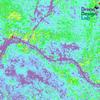



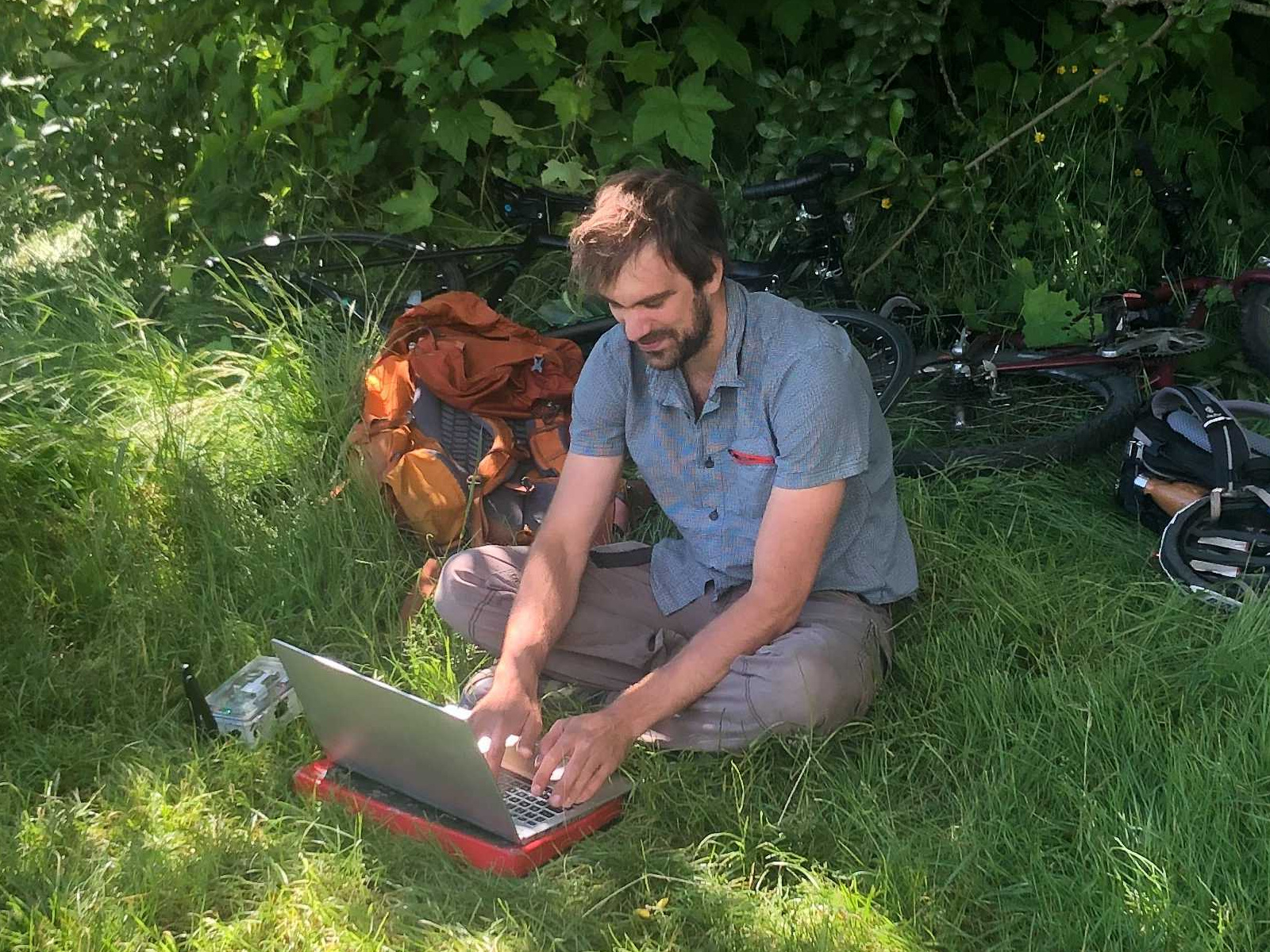

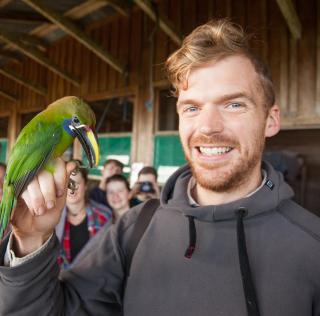



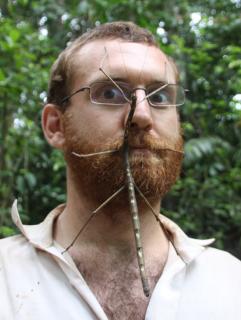































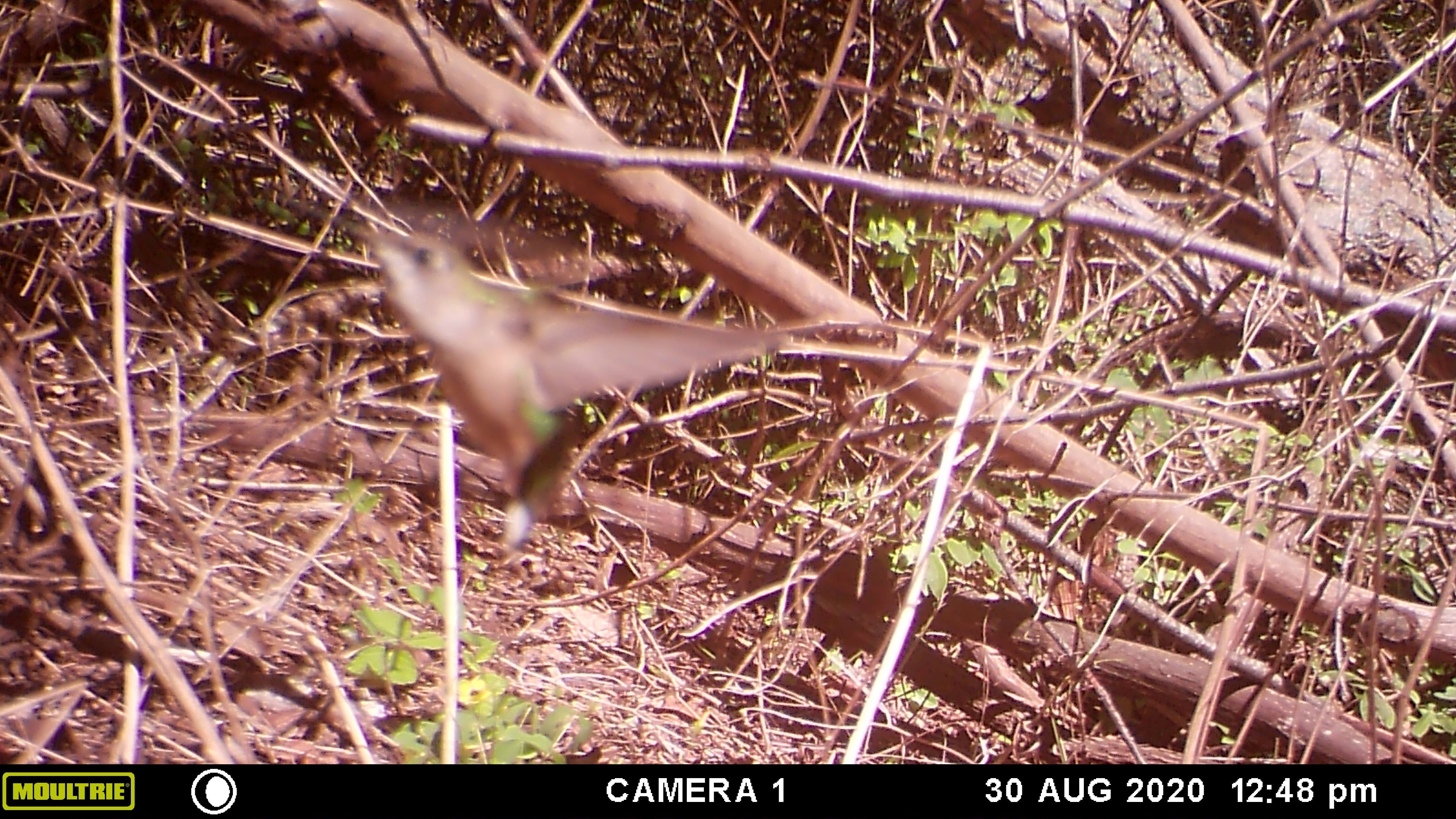


20 February 2023 4:59pm
Here is the website where you can find more info about tue AMI trap.
https://www.ceh.ac.uk/ukceh-ami-trap-automated-monitoring-insects